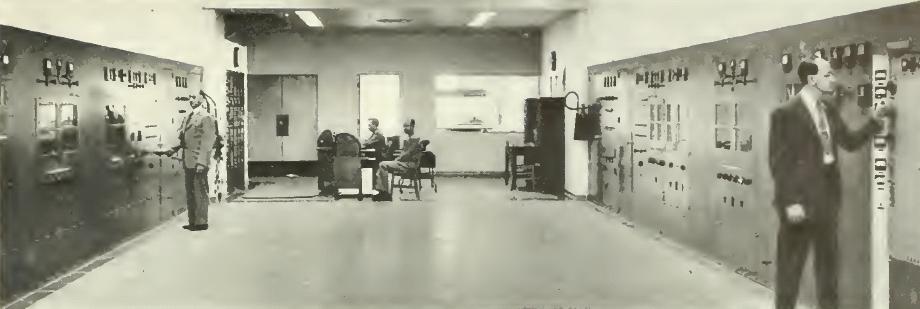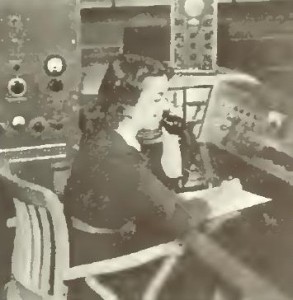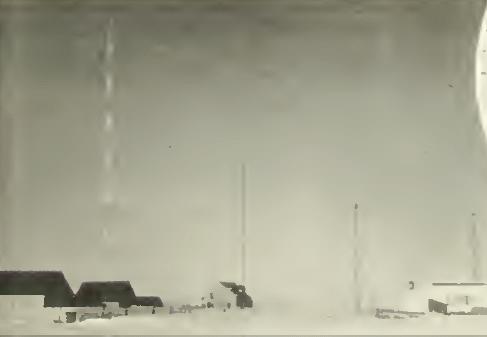Seventy years ago, two famous RCA transmitter installations were featured in the company’s quarterly journal, Radio Age, July 1945.
The first was Canada’s shortwave transmitter at Sackville, New Brunswick, which opened on February 25, 1945. What was then referred to as “Canada’s Loudest Voice” featured two 50,000 watt RCA transmitters. The 213-acre site had been selected due to the lack of unfavorable magnetic conditions and because the moist earth was conducive to radio transmission.
While Canada had a number of commercial shortwave broadcasters, the intent of the station was to provide a voice comparable to that of the United States and England, in order to communicate news and entertainment to soldiers, placing the Canadian point of view before Allied nations, and to “join their fighting allies in telling the enemy the real uncolored truth about the war’s progress.”
V-E Day eliminated the need for some types of programs, but the article notes that other features would continue to expand.
The station, operating with the rarely stated call letters CKCX, continued in operation until 2012. In addition to CBC programs, it served as a relay for a number of other broadcasters, including Radio Japan, China Radio International, Voice of Vietnam, BBC World Service, Deutsche Welle, and Radio Korea. In addition to international programming, it broadcast CBC Northern Service programs in English, French, and Innuit.
The other RCA transmitter featured in the issue was that of the station that later became the Voice of America relay station in Dixon, California. Under contract with the Office of War Information, both CBS and NBC were contracted to construct shortwave transmitters on the West Coast to provide a strong signal to the Far East. The CBS effort resulted in what later became the VOA relay station in Delano, California. And the NBC station with its RCA transmitters featured in the RCA publication, became the VOA station in Dixon, California. That location was on a great circle that included both Asia and Latin America. Therefore, by reversing the direction of the antenna, it could cover two target areas. By beaming North, the station could provide a signal to Asia. And by beaming South, the same booming signal would carry the American message to Latin America.
The Dixon station was operated by NBC until 1963, with call letters KNBA, KNBC, KNBI, and KNBX In 1963, the federal government assumed control until the station was shut down in 1979. The installation was mothballed, and resumed operation in 1983, at which time its primary function was to transmit Spanish programming to Central America until 1988. The site was sold by the federal government in 1993, and has been used by Globe Wireless since then as KFS, providing wireless HF e-mail service to maritime interests.
Click Here For Today’s Ripley’s Believe It Or Not Cartoon ![]()



